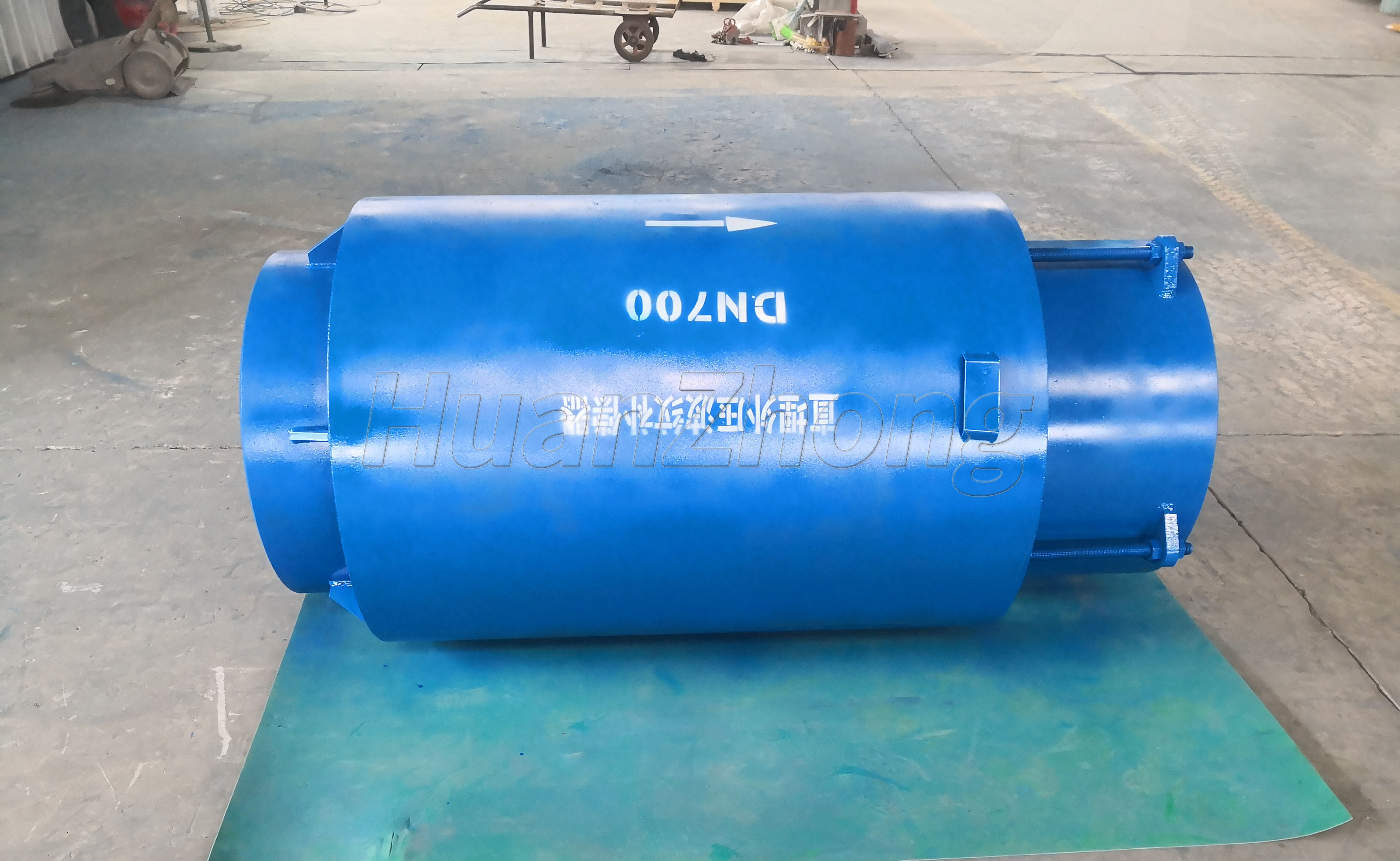How many kinds of bellows are there in the core element of metal corrugated compensator?
How many kinds of bellows are there in the core element of metal corrugated compensator?
The core element of a corrugated metal compensator is a bellows, a flexible tube made of metal used to regulate the flow of a medium to compensate for the deformation of equipment or pipes. Bellows play a vital role in corrugated metal compensators, but they come in a wide variety.
In the classification of bellows, there are two main types: one based on tolerance requirements and the other based on material requirements. Tolerance-based bellows are often referred to as standard bellows, and they are widely used in piping systems for a variety of media because they can accommodate almost all pipeline deformation and compensation requirements. On the other hand, material-based bellows are called high-strength bellows, which require higher strength and wear resistance and are widely used in piping systems that require high temperatures or pressures.
In addition to bellows based on tolerance and material requirements, there is a more extensive type of bellows based on shape requirements. These bellows can be designed and manufactured based on different shape and size requirements, for example, there are flat bellows, waveform bellows, curvature radius bellows, etc. This type of bellows is usually used in piping systems that require high precision.
The core of corrugated metal compensators is the bellows, and their types and applications are critical to the design, manufacture and use of the entire compensator system. Understanding the different types of bellows and their applications allows for better adaptation to the piping requirements of various media and equipment.
